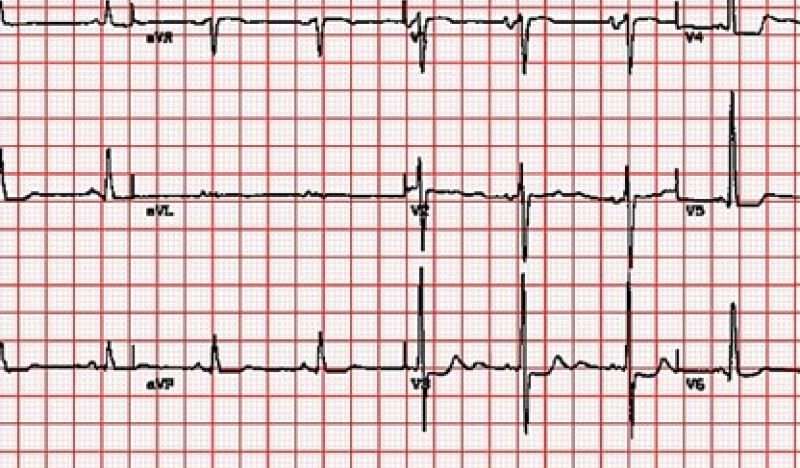Smart pacemaker dissolves when it is no longer needed

Researchers at Northwestern University funded in part by the U.S. National Science Foundation have created an implantable pacemaker that dissolves once the device is no longer needed. The latest iteration is a "smart" device with four soft, flexible, wireless sensors and controls fitted to the patient's torso.
The sensors continuously monitor body temperature, oxygen levels, respiration, muscle tone, physical exertion and the electrical activity of the heart. The pacemaker detects and reacts to abnormalities using algorithms. The data can be streamed to personal devices via an app, allowing doctors to monitor patients remotely. The sensors can also alert the user if an issue with the pacemaker is detected.
"For temporary cardiac pacing, the system untethers patients from monitoring and stimulation apparatuses that keep them confined to a hospital setting," said John Rogers, one of the corresponding authors of the study. "Patients could recover in the comfort of their own homes while maintaining the peace of mind that comes with being remotely monitored by physicians. This also would reduce the cost of health care and free up hospital beds for other patients."
"In current settings, temporary pacemakers require a wire that is connected to an external generator that stimulates the heart," corresponding author Igor Efimov said. "When the heart regains its ability to stimulate itself appropriately, the wire has to be pulled out. We created a pacemaker that dissolves and does not need to be removed. That avoids the dangerous step of pulling out the wire."
Added Rogers, "We wanted to demonstrate that it's possible to deploy multiple types of devices, each performing essential functions in a wirelessly coordinated manner across the body. Some are sensing. Some are delivering power. Some are stimulating. Some are providing control signals. The vision of multiple bioelectronic devices all talking to one another and performing different functions at different anatomical locations is a frontier area that we will continue to pursue."
Among other improvements, the newest iteration of the device releases an anti-inflammatory drug to prevent foreign-body reactions as the device dissolves.
More information:
Yeon Sik Choi et al, A transient, closed-loop network of wireless, body-integrated devices for autonomous electrotherapy, Science (2022). DOI: 10.1126/science.abm1703
Provided by National Science Foundation